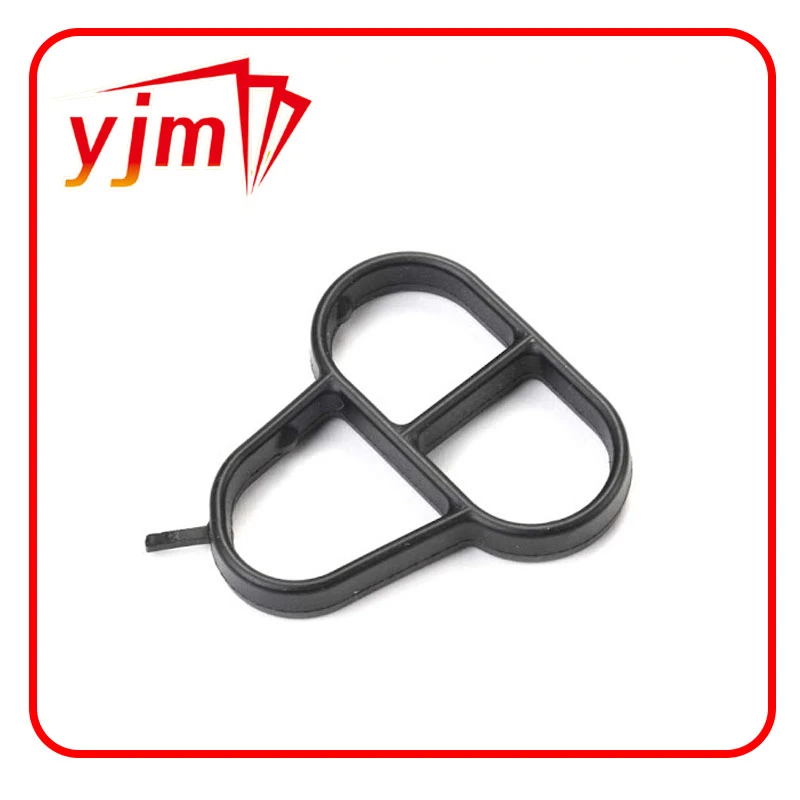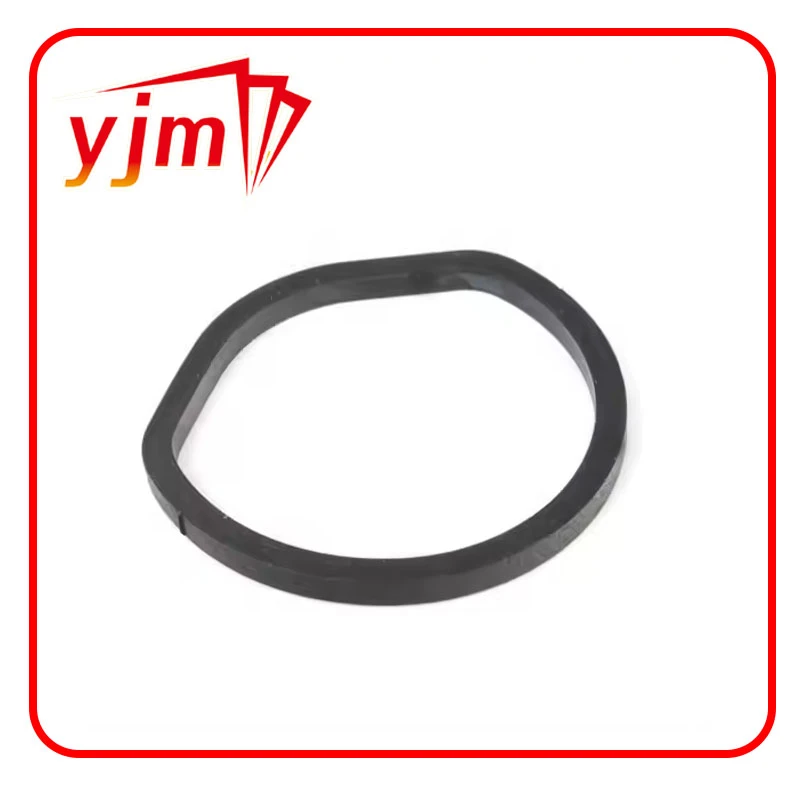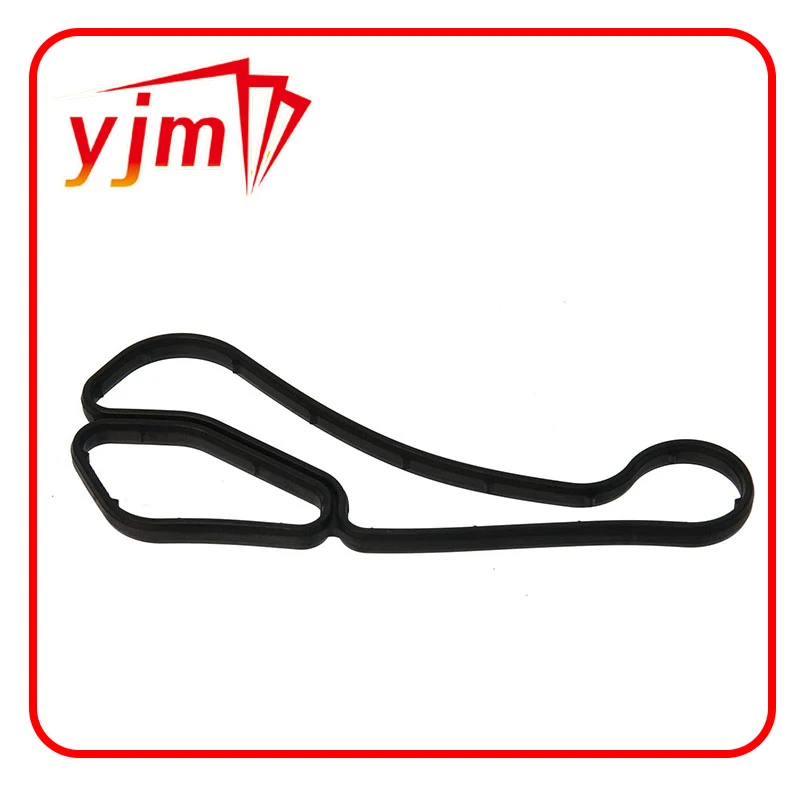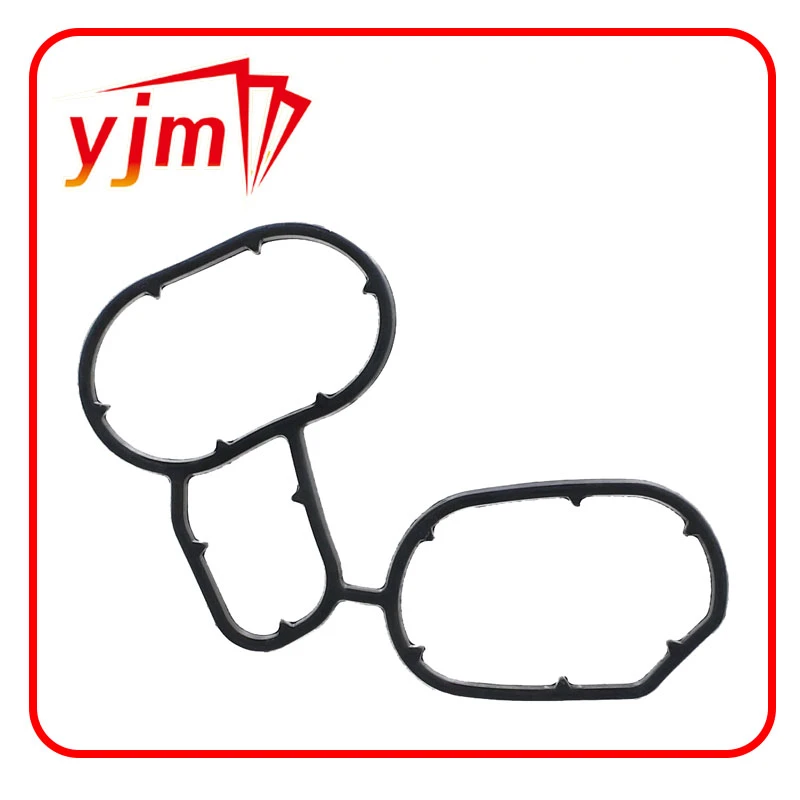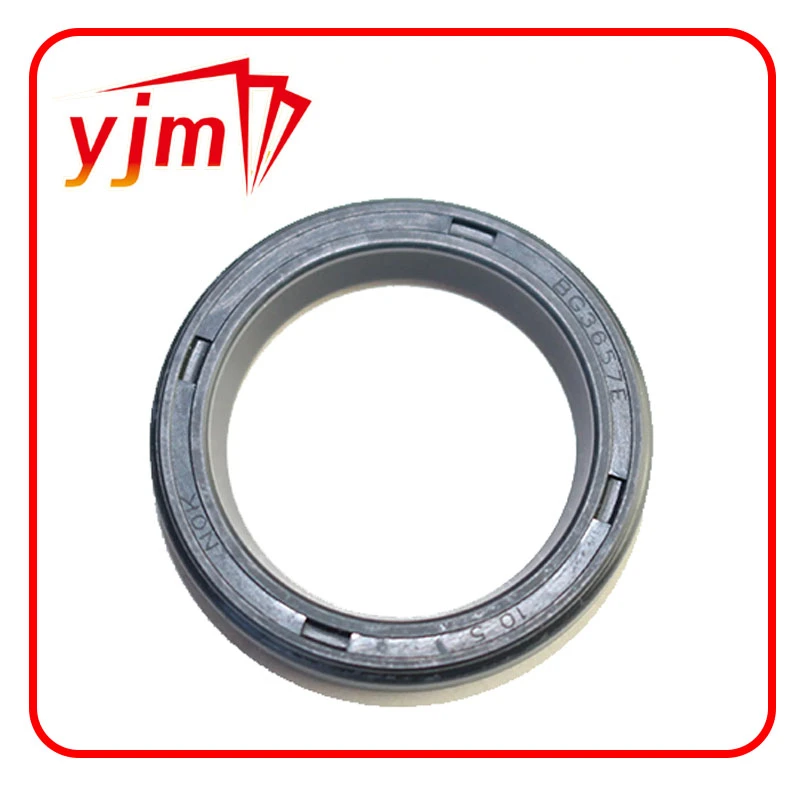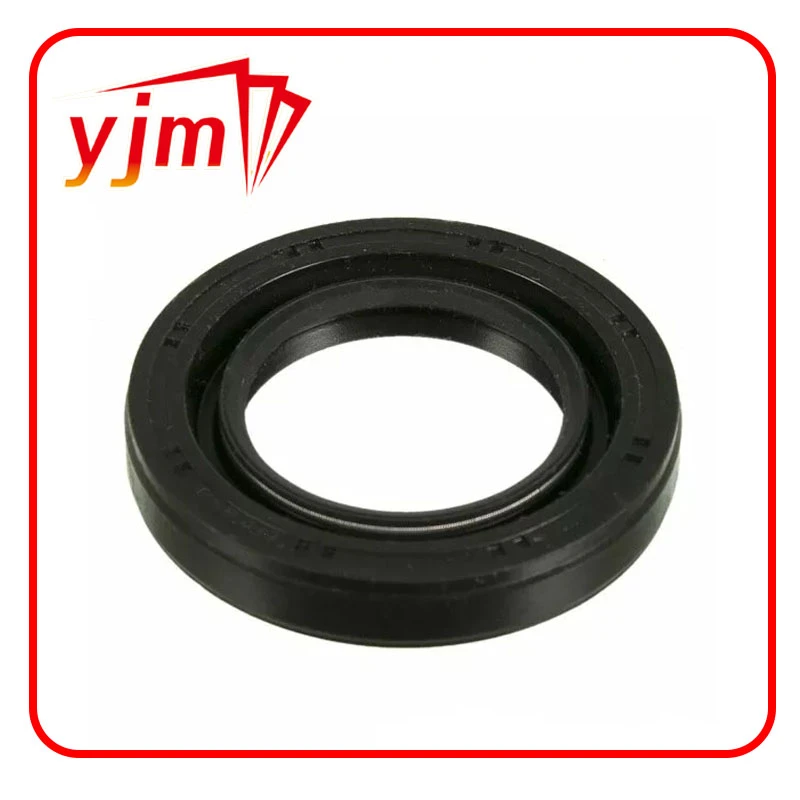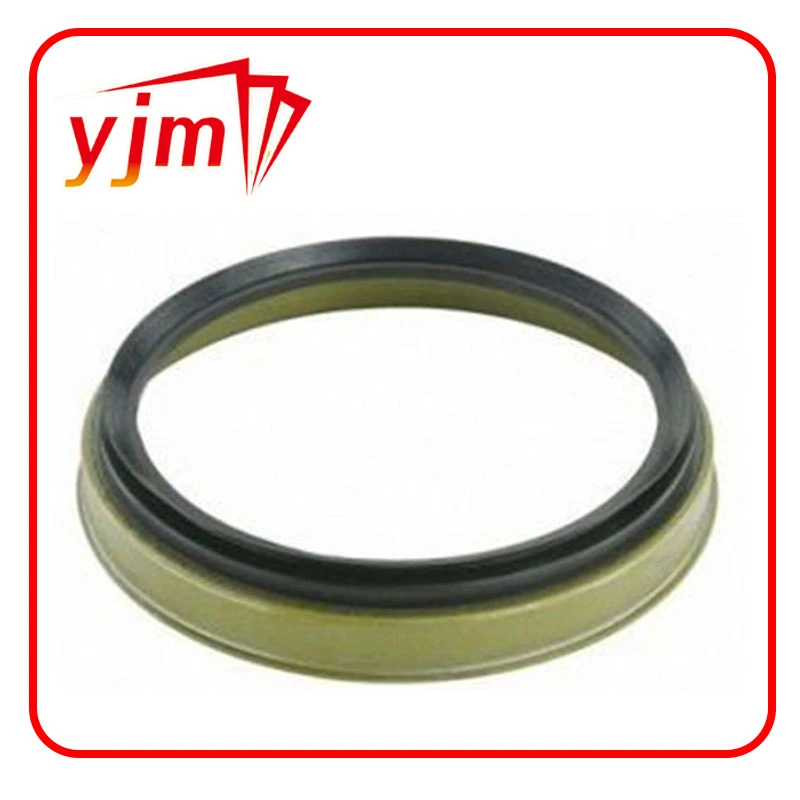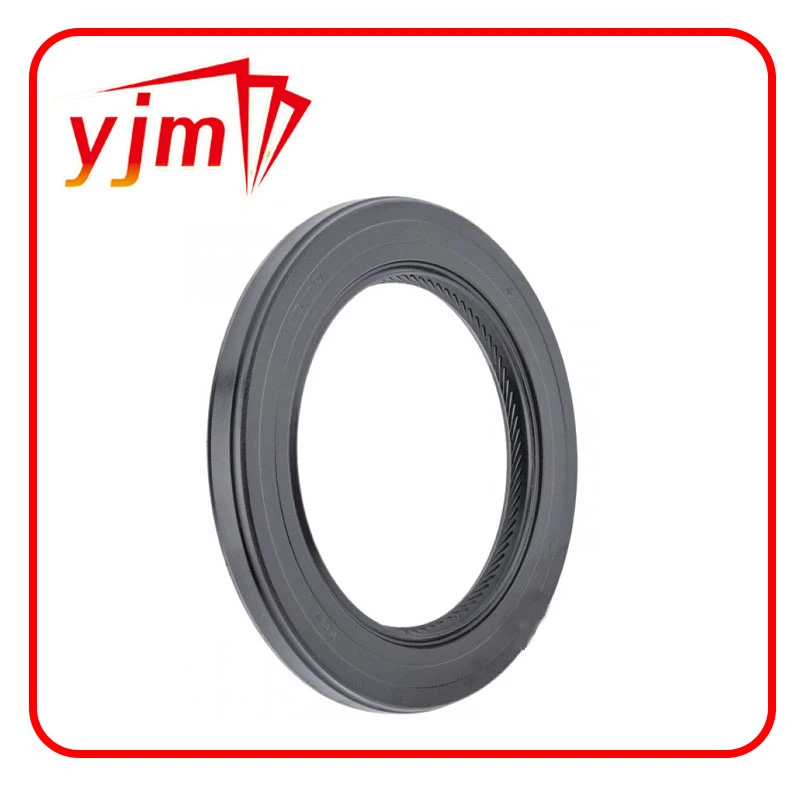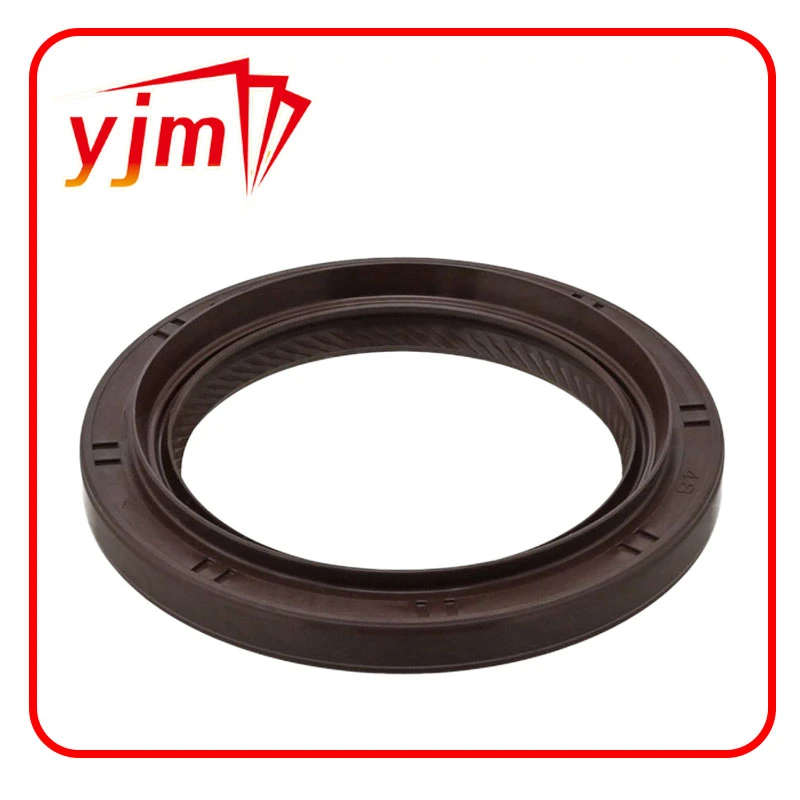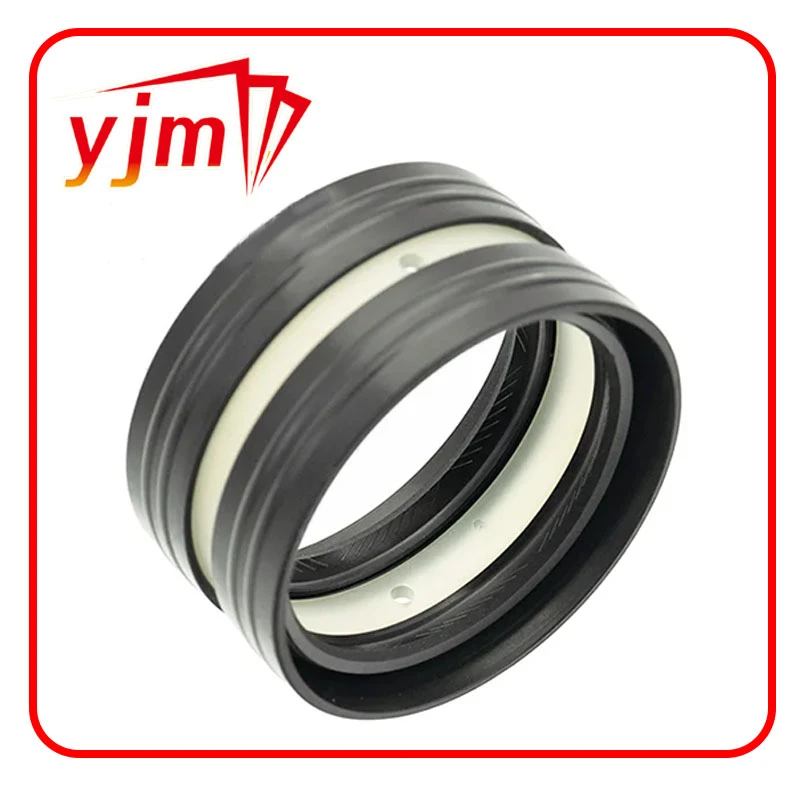Mastering Oil Drain Maintenance: Solutions for Stripped Plugs, Quick Drains, and More
Routine engine oil maintenance involves more than just swapping out old oil. Knowing how to manage components like the oil drain filter, repair a stripped oil pan drain plug, or install a self-tapping oil plug can significantly improve the effectiveness and cleanliness of your oil changes. Whether you're dealing with a motorcycle, car, truck, or industrial equipment, this guide covers essential tools and techniques like quick oil drain, oil tank drain, and oil change drain practices to keep your system running smoothly.
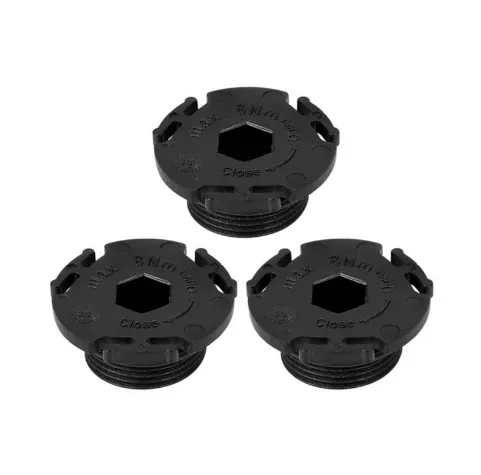
Let’s explore the key elements of proper oil draining and the latest solutions available.
Fixing a Stripped Oil Pan Drain Plug
One of the most common problems during oil changes is dealing with a stripped oil pan drain plug. This issue occurs when the threads on either the plug or the oil pan become worn or damaged — usually from over-tightening, cross-threading, or repeated use.
Signs of a Stripped Plug:
Oil leaking from the drain plug area
Plug spinning without tightening
Difficulty removing or reinstalling the plug
Solution: Use a Self-Tapping Oil Plug
A self-tapping oil plug is specifically designed to fix damaged drain holes. These plugs cut new threads into the oil pan as they’re installed, offering a secure seal without needing a full oil pan replacement.
Advantages of a Self-Tapping Plug:
Quick and cost-effective fix
Easy to install with basic tools
Permanent or temporary solution depending on the severity
Pro Tip: Always use thread sealant or the included gasket with a self-tapping plug to ensure a leak-free seal.
Speed and Cleanliness with a Quick Oil Drain System
Traditional oil changes can be messy and time-consuming, especially in tight engine bays or commercial vehicles. That’s where a quick oil drain system comes in. These specialized valves or plugs allow oil to be drained without removing the plug itself.
Key Features of Quick Oil Drain Systems:
Twist, push, or valve-operated mechanisms
No tools required
Often compatible with a hose for direct draining
Use Cases:
Commercial fleets
DIYers who want a cleaner, easier oil change
Equipment with low clearance or hard-to-reach drain plugs
By incorporating a quick oil drain into your regular oil change drain routine, you reduce the risk of hot oil burns, mess, and over-tightening damage.
Managing the Oil Drain Filter and Oil Tank Drain
The oil drain filter is a component integrated with the oil system to capture contaminants and particles as oil flows through during draining. While not always present in small engines, it’s common in heavy-duty machinery, marine engines, and industrial oil tanks.
Oil Drain Filter Functions:
Prevents harmful debris from re-entering the system
Acts as a secondary filtration step
Helps assess engine wear by analyzing caught particles
Maintenance Tips:
Clean or replace the oil drain filter regularly
Monitor for metal particles as a sign of internal engine wear
Use compatible filters with your oil system’s pressure and flow rate
For larger systems such as fuel storage units or hydraulic machinery, managing the oil tank drain is just as important. These setups often include drain ports at the base of the tank and may benefit from gravity-assist or vacuum-assisted drainage systems.
Best Practices for Oil Tank Drain:
Drain at optimal operating temperature for full flow
Avoid introducing air bubbles to prevent contamination
Use drip pans and safety gear to avoid hazardous spills
Final Section: Improving Your Oil Change Drain Strategy
A proper oil change drain process minimizes mess, protects engine health, and speeds up maintenance. Whether you're working on a motorcycle or a diesel truck, consider these general tips:
Tips for Cleaner, Faster Drains:
Warm up the engine before draining — warm oil flows faster and carries more contaminants out.
Use a magnetic drain plug to catch metal shavings in the oil.
Upgrade to a quick drain system or install a self-tapping oil plug if your threads are worn.
Invest in a drain pan with a spout for easier recycling.
Check the oil drain filter (if present) during each change for signs of engine issues.
Proper oil drainage is more than just a routine task — it’s a critical part of preventive maintenance. Whether you're dealing with a stripped oil pan drain plug, looking for a fast and clean quick oil drain, or servicing a larger oil tank drain, the right tools and techniques make all the difference.
To recap:
Use a self-tapping oil plug to repair damaged threads
Consider a quick oil drain system for efficiency
Monitor your oil drain filter for wear diagnostics
Always perform a thorough and clean oil change drain to protect your engine
These small upgrades and practices can extend your engine’s life and make your maintenance process much smoother. Don’t overlook the power of the plug — it’s the gateway to better engine care.
-
Seal 12x20x5: Precision Radial Shaft Seals for Industrial Reliability
News Nov.24,2025
-
Seal 12x18x5: Essential Guide to Specifications, Applications & Vendors
News Nov.24,2025
-
Understanding Seal 12 20 5: Applications, Specifications & Industry Insights
News Nov.23,2025
-
Durable Oil Seal 85x110x12 – Reliable Sealing Solutions for Industry
News Nov.23,2025
-
Durable and Precise Oil Seal 75x95x10 for Efficient Machinery | YJM Seal
News Nov.22,2025
-
Durable Oil Seal 75x100x10 for Reliable Industrial Performance | YJM Seal
News Nov.22,2025
-
High-Quality Oil Seal 65x90x10 | Durable & Reliable Sealing Solutions
News Nov.22,2025
Products categories

